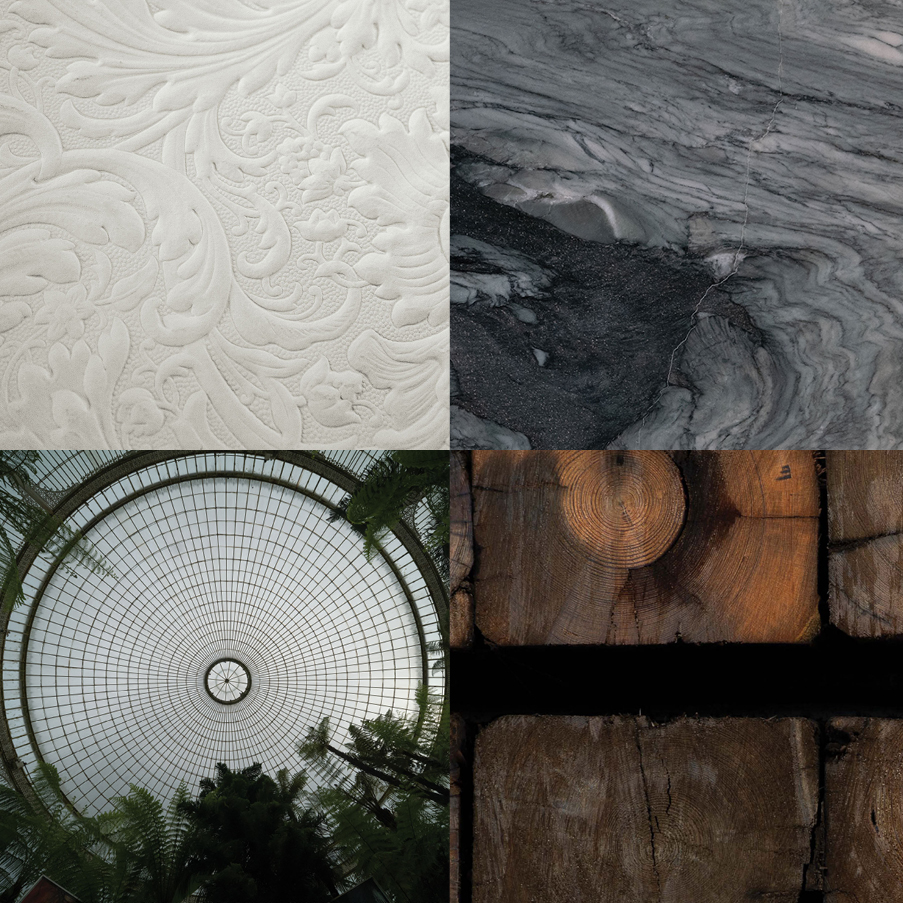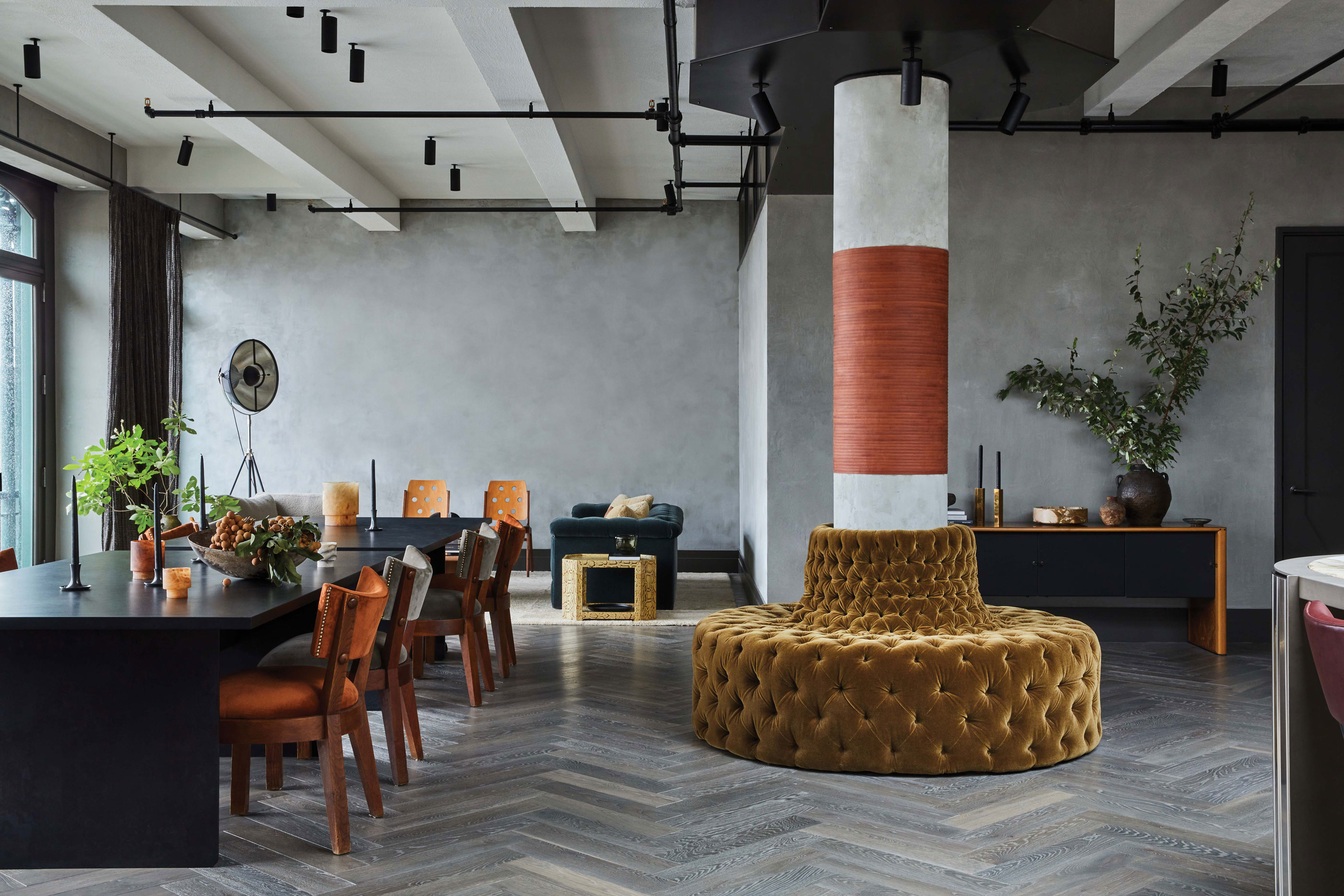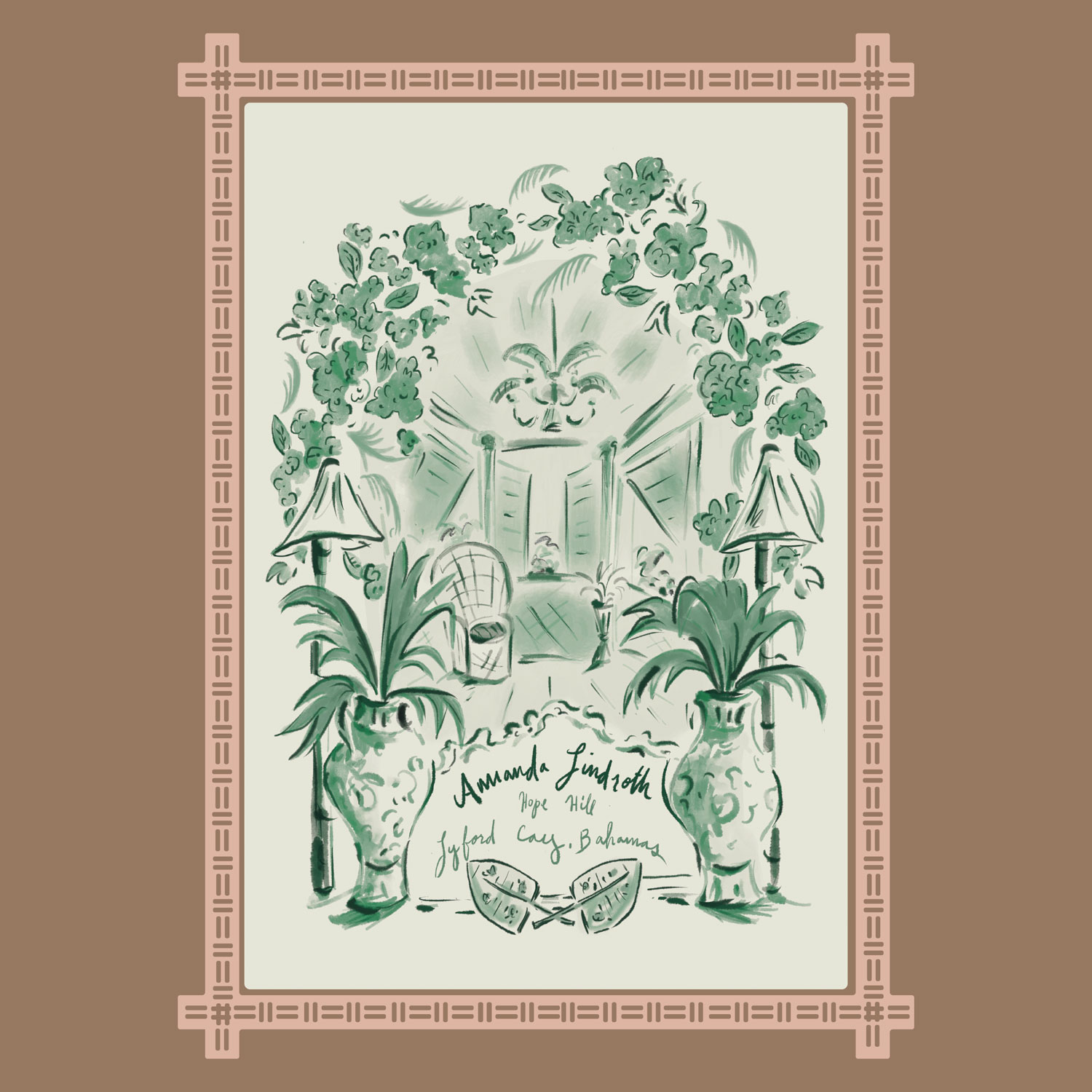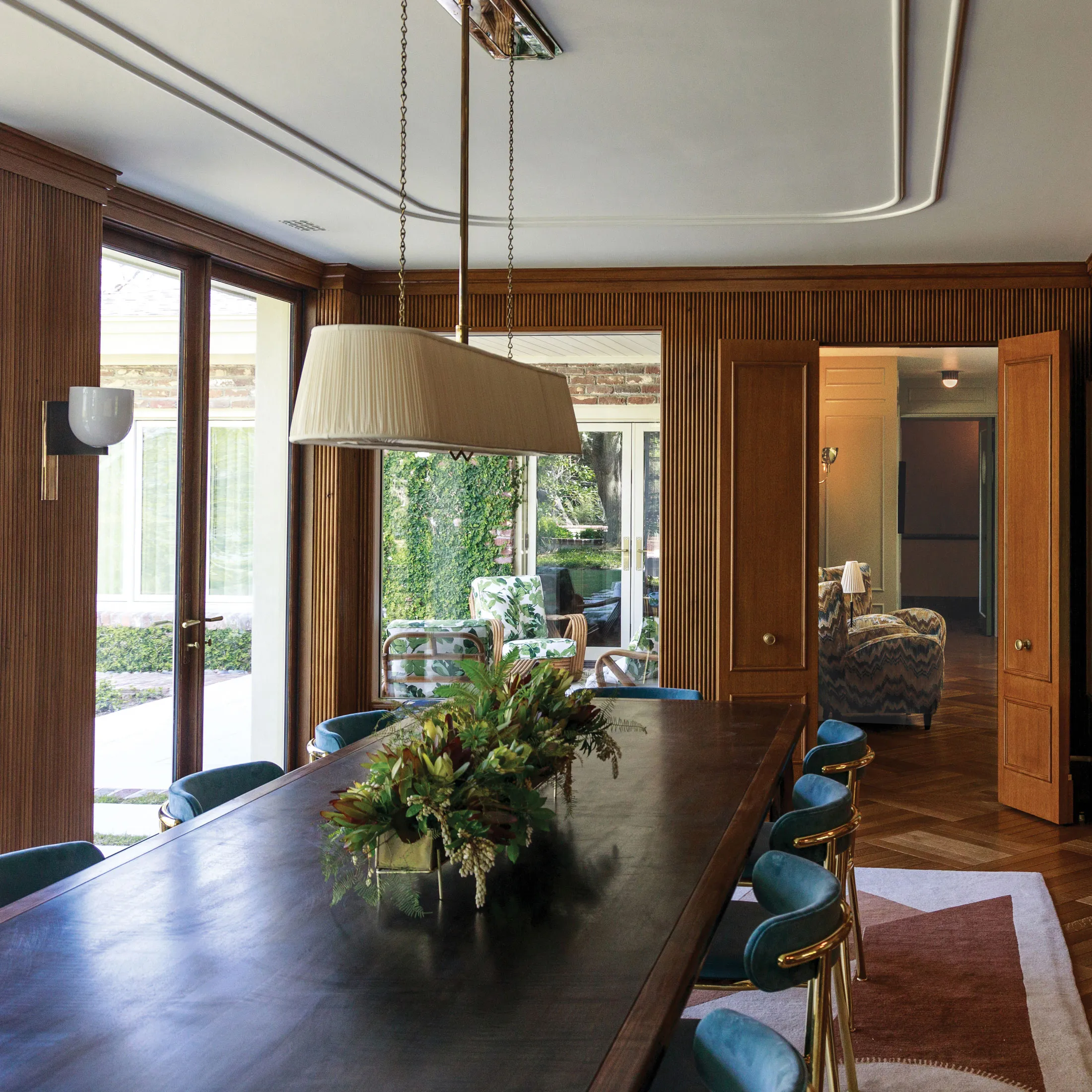GERALD
BLAND
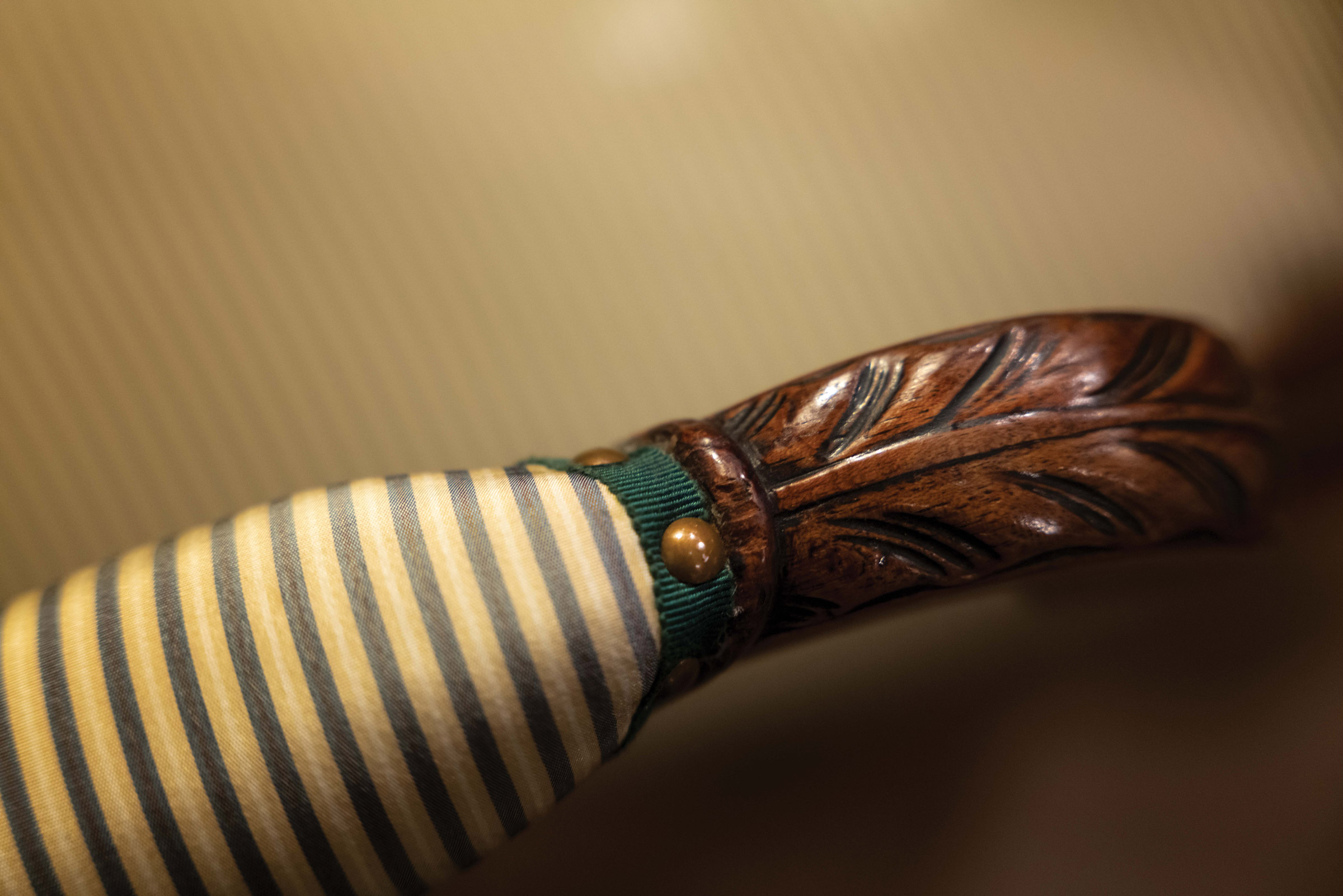
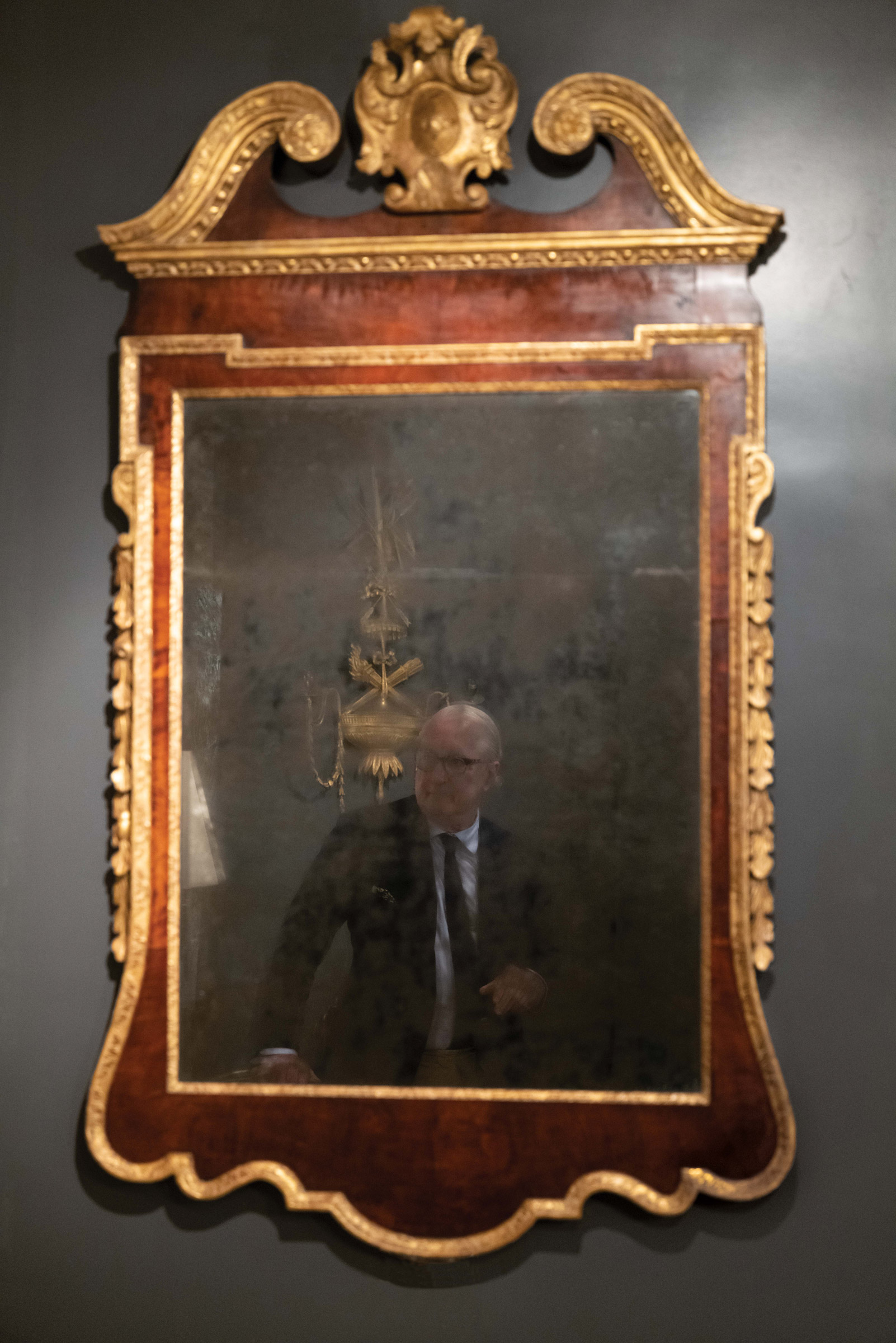
The gallery, a series of welcoming sunny rooms on the top floor of the Fine Arts Building arranged just haphazardly enough to feel residential, reveals treasure after treasure, from the obvious (a Grinling Gibbons limewood console) to the sly (steel tables of his own design). Gerald is a decorative arts DJ, a mixmaster of the antique and modern who makes bridging the two seamless and current. Just as he adores a fine Regency pair of benches by George Bullock, he embraces contemporary talent like Eve Kaplan, whose baroque ceramic pieces lend an exotic glamour.
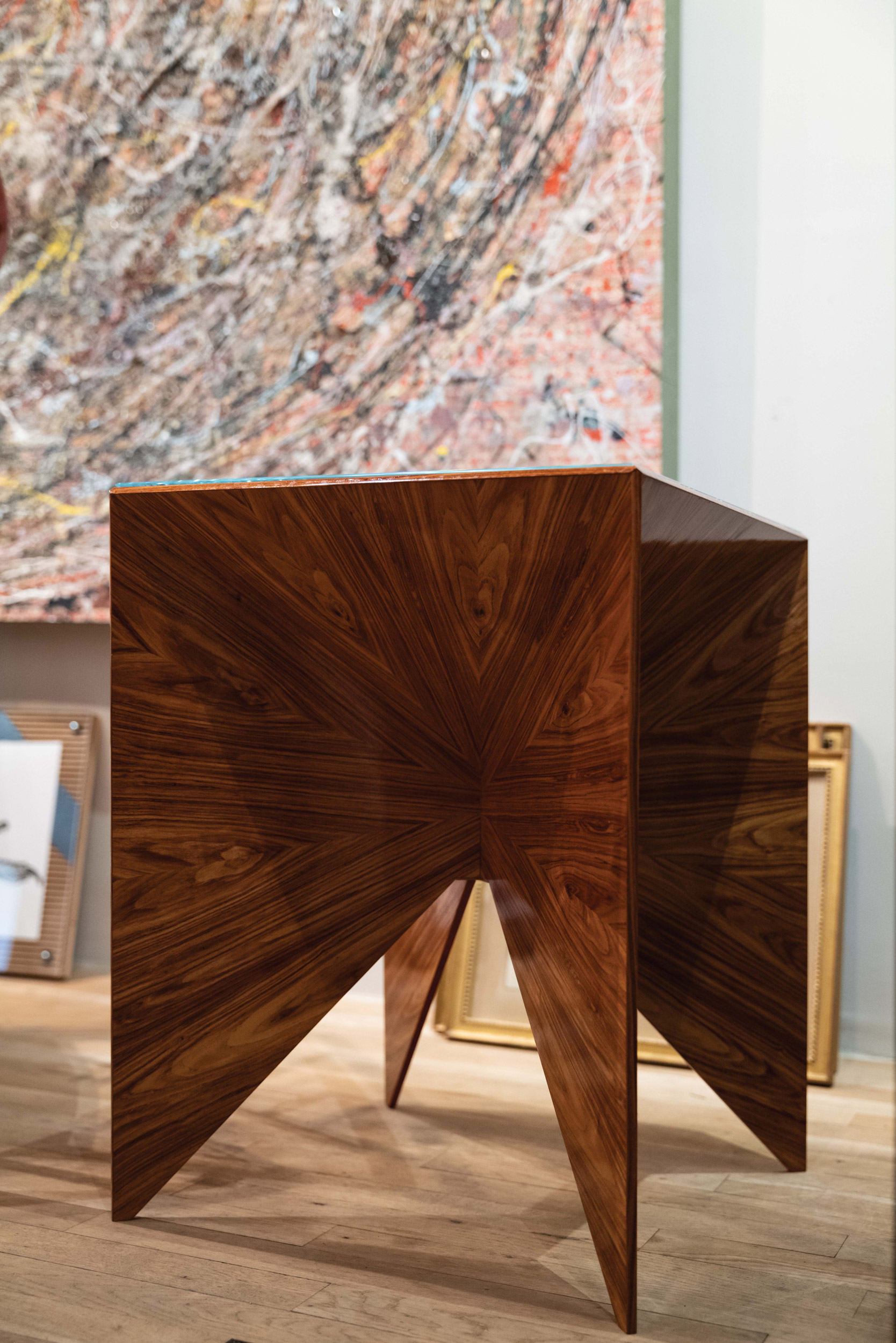
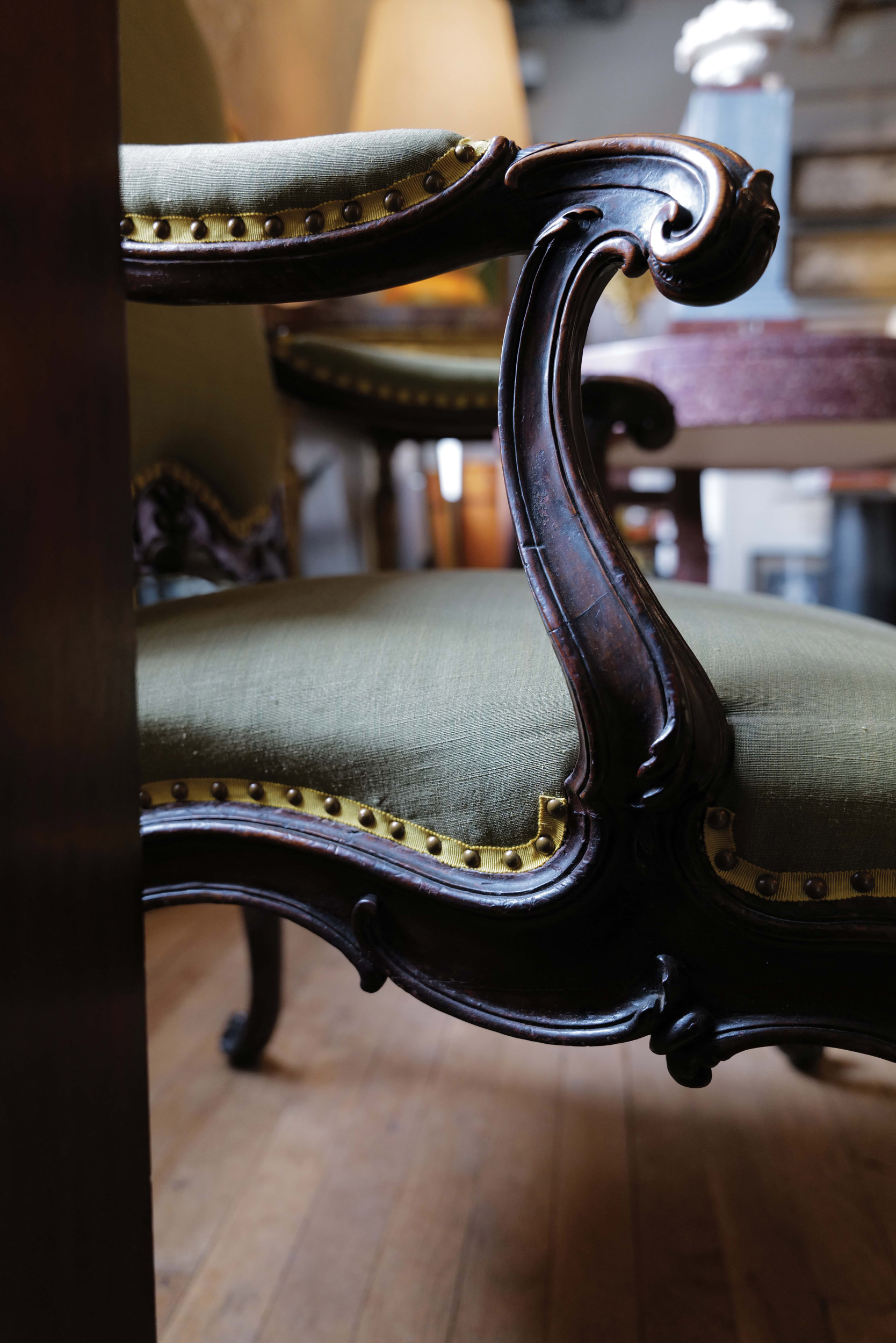
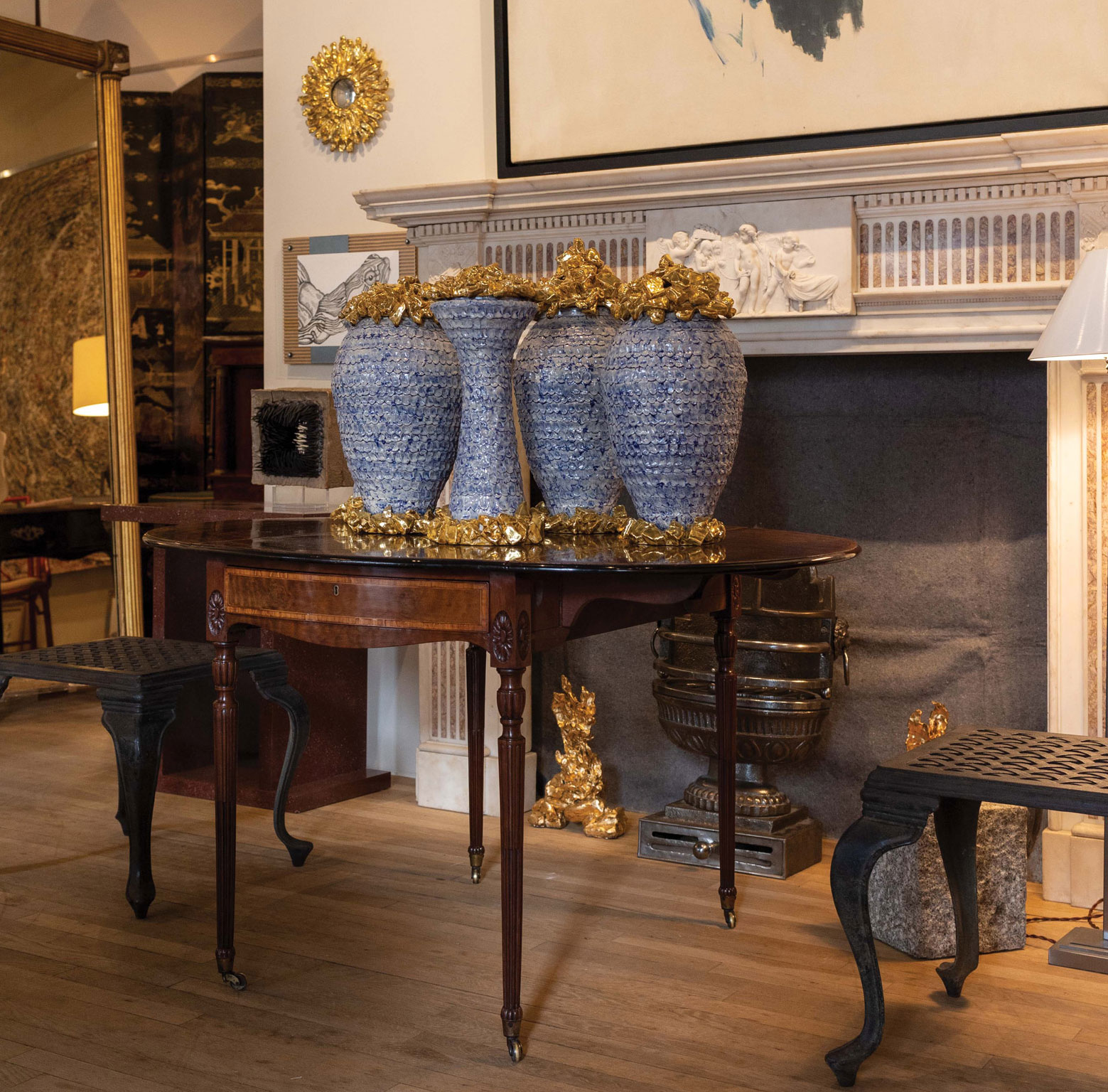
I’ve always been interested in history. I had two aunts who lived in Colonial Revival houses, furnished for the most part with reproduction colonial furniture. I remember being impressed by the furniture—an early encounter with good taste. I was six. By the time I was in high school in Wilmington, I was giving tours of the historic district, usually after a night out with friends. I spent time in the local library looking up the history of Wilmington and its early 19th century buildings that supplanted 18th century ones during the economic boom just before the Civil War. Once, I organized a keg party at Oakdale cemetery. It had great monuments and tombstones and the whole thing was atmospherically draped by live oak trees.
When I was in school I worked summers on Nantucket Island. That was both enlightening—architecturally it’s such a perfectly preserved place—and fortuitous. Through meeting someone at the restaurant where I was working, I got a job at Sotheby’s which was a bit of a fluke, the classic story of someone saying, “look me up if you come to New York.”
I’d never heard of Sotheby’s, but when I got to New York, I did look him up though it was someone else who hired me. Another person I’d met on Nantucket offered me a place to stay, and I think telling Sotheby’s that my address was 1020 Fifth Avenue may have worked in my favor. They probably thought I had great contacts with things to sell.
I worked in New York from January to June and then transferred to Sotheby’s London where I stayed for a year and a half. This was an enormous eye-opener because I was seeing major things for the first time. We were appraising the contents of grand houses such as Petworth, where we found JMW Turner sketches strewn all over the attic floor which had been his studio. Sotheby’s was a true apprenticeship. Each of us in the furniture department would be assigned an area of London and sent off with nothing but a notebook. I would take notes about what I was seeing, then once back at the office would be required to stand on top of a desk in the middle of the furniture department and describe what I had seen. There was no visual documentation—I think Polaroids were just coming in then—it was in our notes and visual recollections. It was excellent training.
For the longest time I was devoted to true antiques, particularly Early Georgian furniture. It was while handling the estate of Evangeline Bruce that I realized for the first time that I didn't have to be a pure antique dealer selling only a perfectly formed chair from 1770. It could be a piece from 1930 if it had been owned by Nancy Lancaster. Several years later, Albert Hadley asked me to handle his estate. We organized an online sale and sold all of his drawings, everything, down to the pencil cup holders. This furthered the notion that again, not everything had to be pure but appropriate to its situation.
Being liberated from selling only 18th century pieces made for a softer landing when the bottom fell out of the market in 2008. I was free to mix things up, and it all became livelier and more interesting. Mid-century modern furniture was coming into vogue, which wasn’t exactly to my taste, but I found things to like, such as pieces in the Swedish Grace style. Its classical forms were compatible with the 18th century, which was our prevailing aesthetic.
So we started trying to make the antiques we were selling more relevant to that market. By putting a bit of contemporary art over a Chippendale chest of drawers, it all became more appealing to this younger generation. And then I discovered an amazing talent in our own stable. Eve Kaplan, our gilder, was making striking ceramic pieces. Now we have a full collection of her extraordinary work—mirrors, chandeliers, tables, torchères, chenet, mobiles—along with the work of many other contemporary artists.
With the pandemic, our designer clients have become more comfortable buying items only seen online. Although many still feel the need to see in situ, so the gallery remains more than relevant. The past few years have also seen many old clients relocating. Getting pieces back for resale that we sold twenty years ago is also rewarding and a reminder that good wood endures.
